Scientific papers / Naučni radovi
Technical and architectural heritage on the railway Majdanpek – Bor
(TEHNIČKO I ARHITEKTONSKO NASLEĐE NA PRUZI MAJDANPEK - BOR)
Abstract. The end of the 19th century and the first half of the 20th century were turbulent times for Serbia, characterized by numerous wars and significant changes in borders and state constitutions. During this period, the railway network in Serbia underwent substantial development. After the completion of the Belgrade - Niš railway, the Prahovo - Zaječar railway was finished before World War I... (continue)
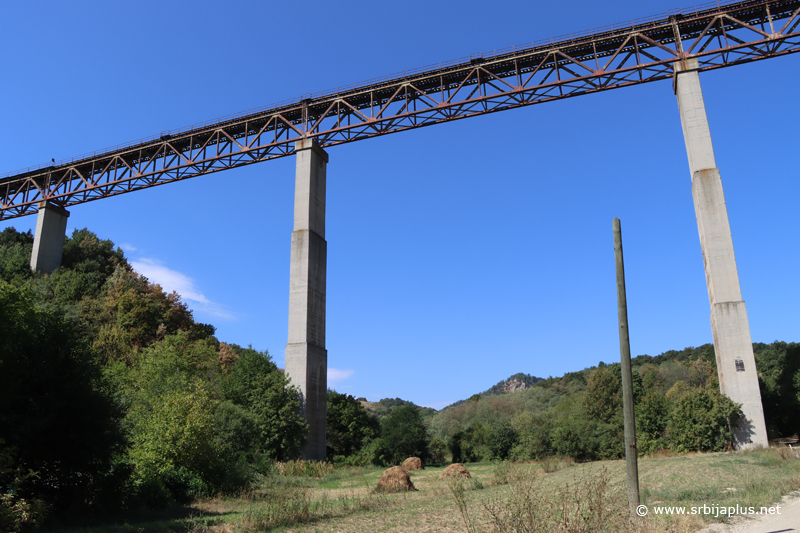
Viaduct Kriveljski Most (June 2024, Photo: Z. Cvetković)
Soldiers' roadside monuments in the Community of Arilje
(KRAJPUTAŠI U ARILJSKIM SELIMA)
Abstract. Starting in 1912, Serbia was compelled to take part in three consecutive wars: The First and The Second Balkan Wars, and The First World War. In each war, the number of civilian and military casualties was extremely high in comparison to the total population. Soldiers perished in battles, during the retreat through Albania, in enemy camps, and in hospitals where they were being treated for war wounds and severe epidemics. The deceased were seldom buried in their hometowns... (continue)
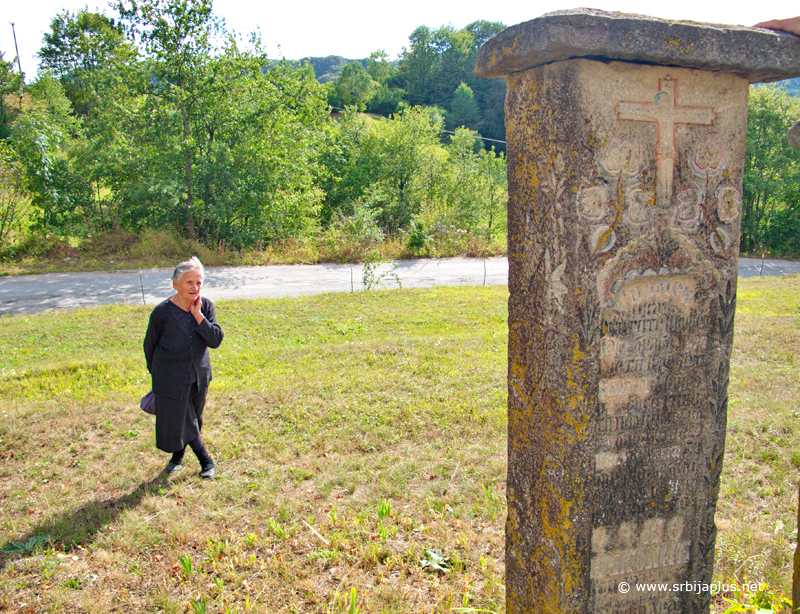
Cenotaph beside the road Bjeluša - Brekovo (May 2013, Photo: Z. Cvetković)
The war memorials in the Municipality of Crna Trava
(SPOMENICI, SPOMEN-ČESME I SPOMEN-PLOČE NA TERITORIJI OPŠTINE CRNA TRAVA)
Abstract. The municipality of Crna Trava is situated in the southeastern region of Serbia. The area stretches from the Bulgarian border on the east to Predejane and South Morava River on the west. After the First Balkan War, the territory of Eastern Serbia, including the area of Crna Trava, became a constant target of Bulgarian conquest goals. Bulgaria occupied parts of Serbia's Eastern and Southeastern territories during both World Wars... (continue)
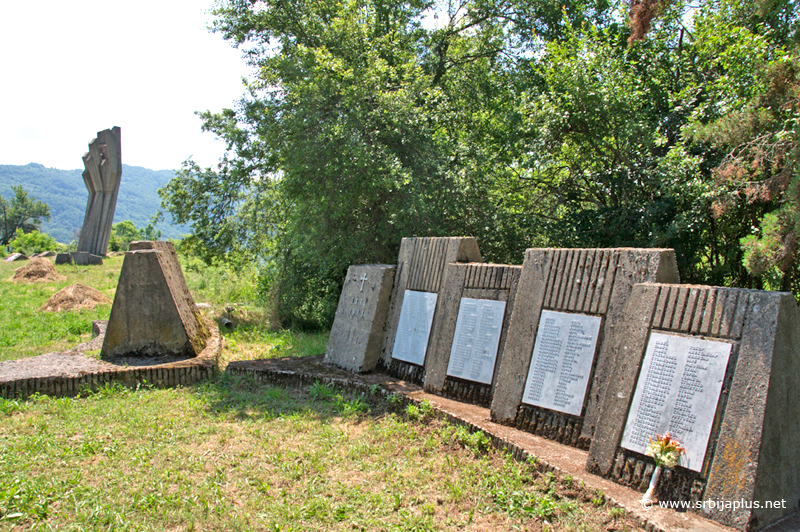
Memorial complex 'Tree of Freedom' in Kalna (July 2018, Photo: Z. Cvetković)
Review and timeline of the Banat’s colonisation
(PREGLED I VREMENSKA LINIJA KOLONIZACIJE BANATA)
Abstract. In the early 1700s, Banat was one of the least developed parts of the Habsburg monarchy. Because of its strategic position on the southern border with Turkey, the interests of Austria, Hungary, and Turkey overlapped at Banat. In order to ensure and strengthen control over the territory of Banat, the Habsburg monarchy set up a loyal population and established the Banat military border... (continue)
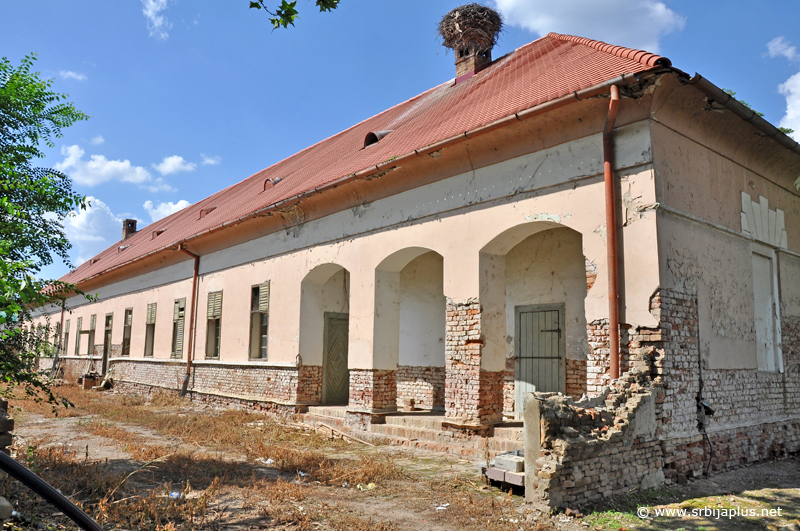
Serb elementary school from 1843 in Idvor, attended by the inventor Mihajlo Pupin (June 2022, Photo: Z. Cvetković)
Forgotten architecture of Banat’s villages
(ZABORAVLJENA ARHITEKTURA BANATSKIH SOKAKA)
Abstract. Banat's urban planning and village development are closely related to the geopolitical relationships between Austria, Hungary and Turkey. Persistent conflicts and Turkey's pretensions to possess the Banat have prompted Austria and Hungary to make strategic plans to preserve it. Among others, they colonised the loyal population and established a military defensive line: the Banat military frontier... (continue)
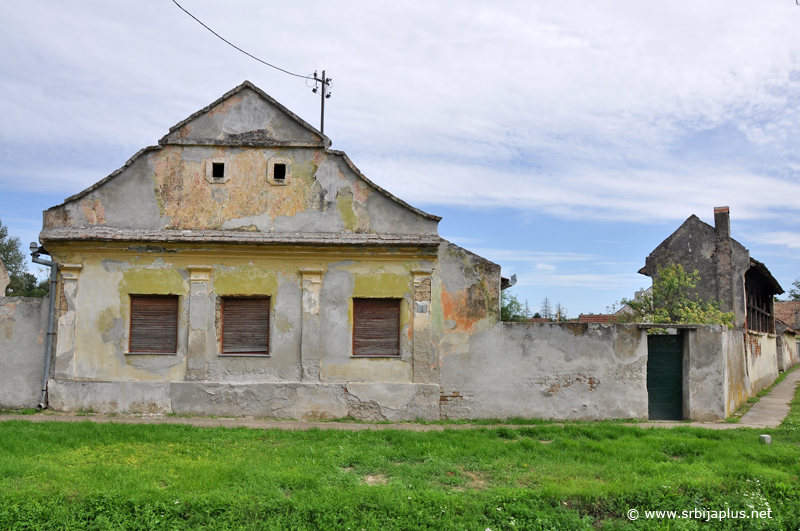
Village type of house with granary in Orlovat (June 2022, Photo: Z. Cvetković)
Heritage on the railway Mala Krsna - Majdanpek
(TEHNIČKO I ARHITEKTONSKO NASLEĐE NA PRUZI MALA KRSNA - MAJDANPEK)
Abstract. This paper presents some of our research findings from the project “Research and documentation of railway heritage on the railway Mala Krsna - Majdanpek”. The Mala Krsna - Majdanek railway established the shortest rail link between eastern Serbia, Belgrade and further north... (continue)
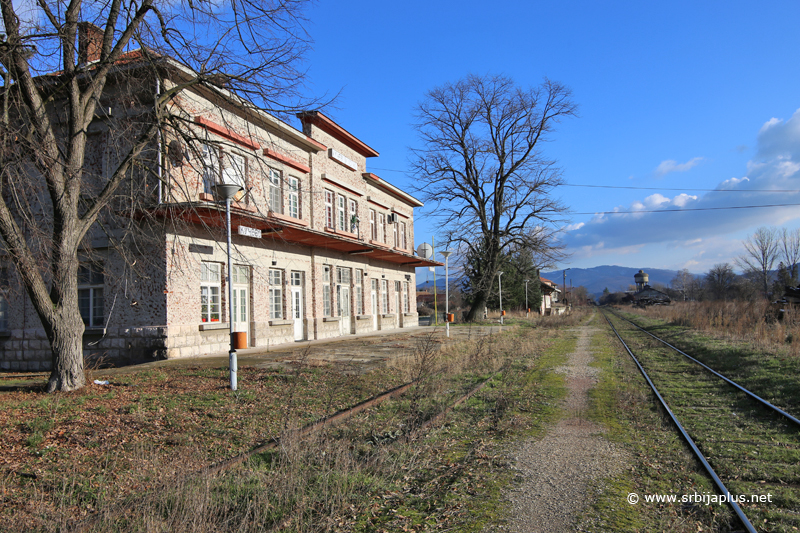
The railway station Kaučevo (December 2021, Photo: Z. Cvetković)
Railway heritage of Banat
(TEHNIČKO I ARHITEKTONSKO NASLEĐE NA PRUGAMA BANATA)
Abstract. The railway network development in Banat can be divided into two distinct periods. The first period, which lasted until the middle of the First World War, was under Austro-Hungarian rule when the most significant part of the current Banat railway network was built. The second phase of railway development began after the establishment of Yugoslavia following the war. At that time, the existing railway network in Yugoslavia, and now Serbia, was expanded by the construction of several more railways... (continue)
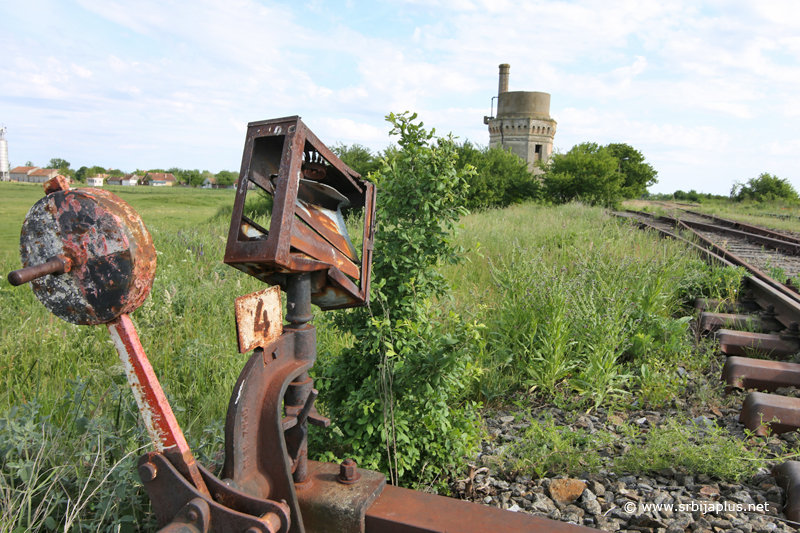
Still operating separation switch in Orlovat, made in 1916 in Graz (Photo: Z. Cvetković, June 2021)
Technical, architectural and industrial heritage at the railway Šid - Dimitrovgrad
(PRUGOM ORIJENT EKSPRESA KROZ SRBIJU)
Abstract. The Serbian Šid-Dimitrovgrad railway was completed in the late 19th century and is still in use with occasional reconstructions and technological upgrades; it is still in service. The geographical position of the railway route and historical context at the time of construction and during operation made the railway exceed its local significance and become an essential corridor of the European railway network... (continue)
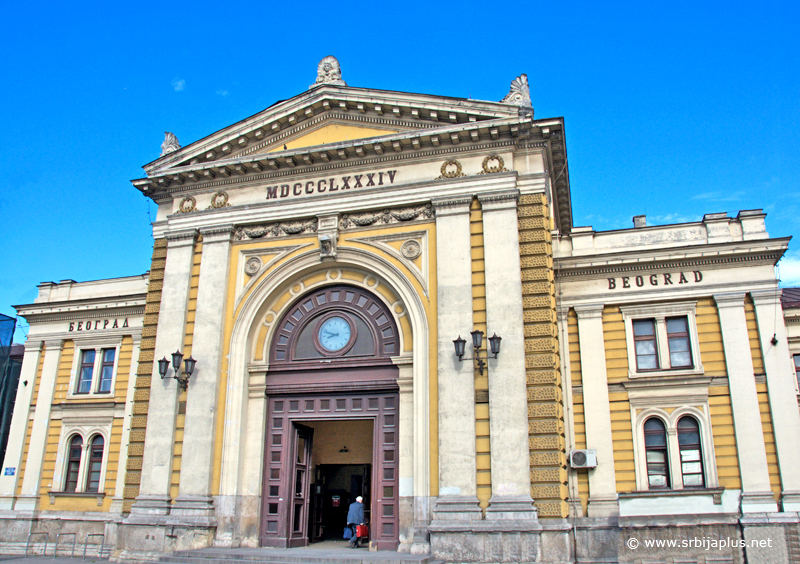
Belgrade Main railway station, built in 1884 (Photo: Z. Cvetković, April 2017)
Digitization of the folk and public architecture in the Municipality of Crna Trava
(DIGITALIZACIJA TRADICIONALNE ARHITEKTURE U SELIMA OPŠTINE CRNA TRAVA)
Abstract. The general trend of rural-urban migration of population and the resulting socio-economic consequences have influenced that many villages in Serbia remained with a small number, primarily elderly inhabitants. One of the most endangered municipalities, regarding population and negative growth of inhabitants, is the municipality of Crna Trava. This paper presents the results of the project "Forgotten Serbia - the last years of villages in the municipality of Crna Trava"... (continue)
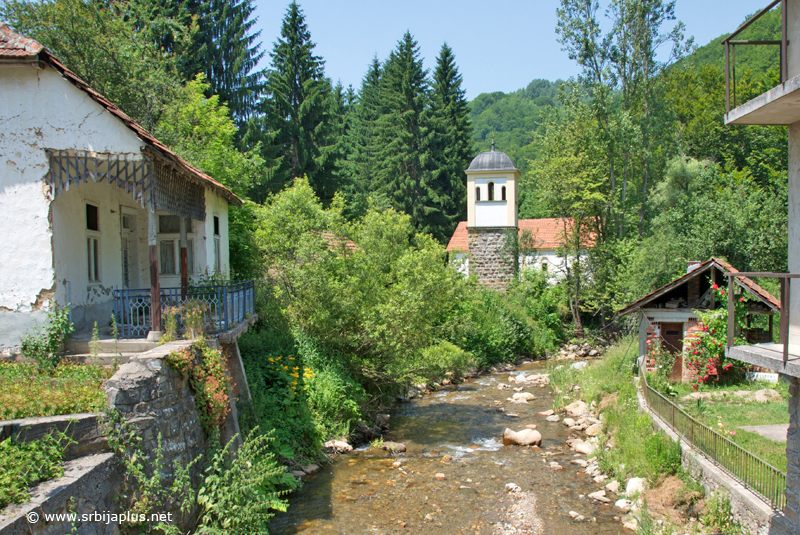
Landscape of Ruplje (Photo: Z. Cvetković, July 2019)
Newspaper articles about artists and their works
(HEMEROTEKA KAO IZVOR INFORMACIJA O UMETNICIMA I NJIHOVIM DELIMA NA VEBU)
Abstract. Museums and other cultural institutions collect newspaper articles about cultural heritage from their domains. Their subjects of interest are articles published in newspapers, periodicals, and magazines on paper or electronically on the Web... (continue)

Process of digitizing and presenting a collection of newspaper articles
Publishing of the cultural heritage on the Web
(EFEKTIVNO PUBLIKOVANJE DIGITALIZOVANOG KULTURNOG NASLEĐA NA VEB)
Abstract. The digitisation process of cultural property has multiple targets defined by the strategy of cultural institutions. First, digitisation protects cultural properties by obtaining all related data and their representative archive images. Besides, images of digitalised properties have a significant role in the online presentation and promotion of cultural artefacts... (continue)
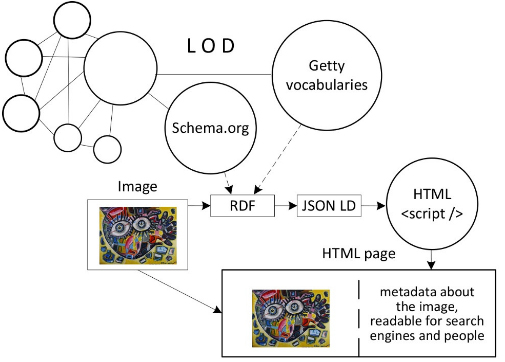
The overview of the approach for semantic enriching images using Link Open Data - LOD
